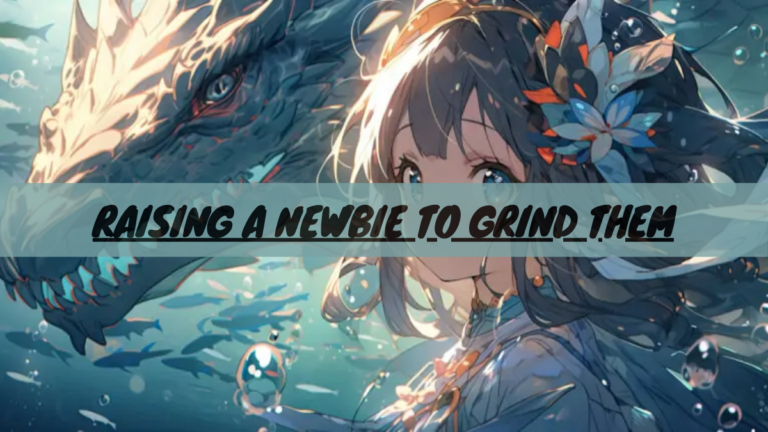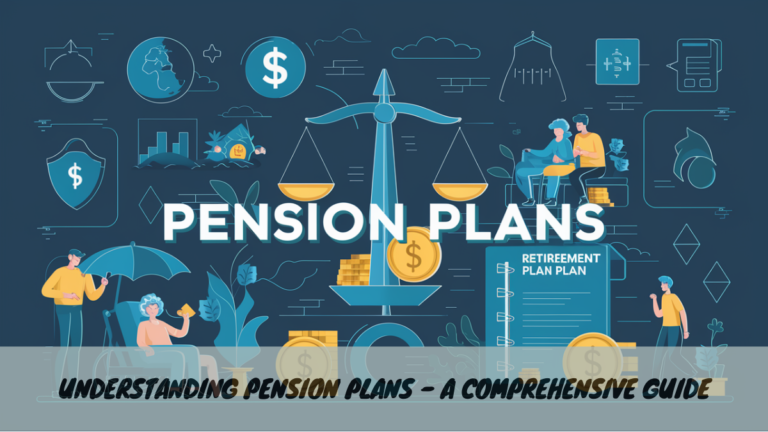When to Get Varicose Vein Treatment
Varicose veins are large, swollen veins that can pose serious health risks if left untreated. Speaking to a vascular specialist allows you to monitor the progress of your symptoms, understand your treatment options, and identify the ideal time to intervene. Here’s when to get varicose vein treatment:
To Manage Pain and Other Symptoms
Some varicose veins cause little discomfort and are only noticeable due to their raised and discolored appearance. Others cause various symptoms, including pain, aching, itching, and burning sensations. You may also experience throbbing pain or cramping, especially after standing or sitting for extended periods of time.
If your condition causes pain, discomfort, or other symptoms, seek medical care from a vein specialist. A specialist can provide instructions for wearing compression stockings and elevating your legs to treat mild to moderate cases. If the symptoms are severe, the specialist may recommend procedures such as sclerotherapy and endovenous ablation. Sclerotherapy involves injecting a chemical solution into the affected veins, causing them to collapse, seal closed, and disappear over time. Endovenous ablation uses heat from a laser or radiofrequency to close off the problematic veins, which are then absorbed by the body over time.
For Cosmetic Improvement
Varicose veins are swollen and have a red or blue color, making them visible through the skin. Some are large, raised, and twisted, which can result in an abnormal appearance. This condition occurs when valves inside your veins malfunction, disrupting the normal flow of blood back to your heart and causing blood to pool. The pooled blood causes the veins to bulge beneath the skin. Some veins bulge due to conditions like pregnancy, which puts excess pressure on your legs.
If varicose veins are caused by pregnancy, they may disappear after delivery, though these cases should still be monitored for potential medical intervention. Other occurrences may need medical treatment to resolve them. If the appearance of your varicose veins bothers you, contact a vascular specialist to help treat them safely. Cosmetic improvements involve shrinking the veins to restore a smooth, more attractive appearance to the skin.
To Prevent Bleeding and Clotting
Veins usually lie deep within the skin, where they are protected from minor trauma. Bulging veins are closer to the skin’s surface, making them more vulnerable to cuts and bruises. If a vein is cut, it can result in severe bleeding. The veins may also rupture due to excess pressure from pooled blood that is unable to return to the heart. These ruptures can lead to internal bleeding and other complications.
Certain conditions can cause sores, rashes, and skin ulcers near the affected veins. These sores may take longer to heal, which increases the risk of infection and further bleeding. If your veins begin to bleed, seek medical attention to address the underlying issue. A vascular specialist can treat the affected veins, allowing them to shrink and be reabsorbed by the body. This enables your body to naturally reroute the blood to other normal veins. Varicose can also lead to blood clots and deep vein thrombosis, a serious complication that requires emergency care.
Treat Your Varicose Veins Today
Vascular specialists offer a variety of treatment options for varicose veins, including compression therapy, sclerotherapy, and vein stripping. Procedures like sclerotherapy and endovenous ablation target the affected veins, causing them to shrink and eventually disappear. Contact a vascular specialist today to explore suitable treatment options for your varicose veins.






